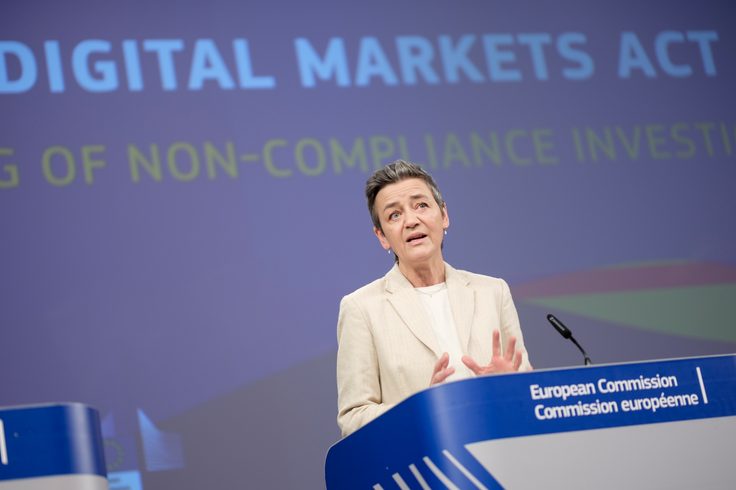Easing the use of new data-related technologies, reducing reporting compliance costs, empowering effective data use at both EU and national level, and making data more publicly available are the main topics in the European Securities and Markets Authority’s recently-released Data Strategy for 2023-2028.
ESMA, the EU’s financial markets regulator and supervisor, aims to strengthen its role as both a supervisor and as a data and EU information hub with this strategy.
“Our goal is to provide easier access to financial data, both through enhanced data sharing with authorities across the EU and at national level. Initiatives such as ESAP (the European Single Access Point) will provide access to financial data to the wider market, including retail investors,” said Verena Ross, ESMA Chair.
“We want to contribute to reducing the compliance burden for companies and facilitate data reporting by means of increased standardisation and the use of modern IT solutions across the reporting process and the entire data lifecycle.’’

Strategy 2023-2028
ESMA seeks to be a thought leader on “the regulation of new financial products and services for the purpose of supervisory reporting and regulation”, with an increased focus on information related to sustainability and investor protection.
The regulator also wants to increase communication, transparency, and feedback on why and how data is used by the regulatory and supervisory community, and to cooperate more closely with market participants and other authorities.
Over the next five years, ESMA’s Data Strategy will focus on:
- Becoming an enhanced data hub: The ESMA aims to become the EU securities markets data hub by focusing on improved data and information accessibility, interoperability and usability, and to achieve synergies and economies of scale.
- Data access to the public: This will be done by providing easily accessible and usable information to market participants, including retail investors, in machine readable formats and by user-friendly search and analytical interfaces.
- Data-driven supervision: The promotion of cutting-edge, smart and effective data-driven supervision by joint developments and use of new technologies is identified as the means to deliver this objective.
- Expand data collaboration: The ESMA wants to get better data standardisation, quality and reusability, and promote adoption of useful technologies.
- Efficient data policy output: The aim is to lower compliance burden by reducing duplicative and inconsistent requirements, optimizing reporting flows, applying effective and efficient data sharing, and exploiting new technologies.
- Facilitate systematic data use: The ESMA intends to implement processes, methodologies and tools to enable systematic use of data for evidence-based policy development, supervision and risk assessment.
AI and Big Data
Since the “strategic role and importance of data has evolved significantly since 2017”, when the current strategy was developed, the new version will also include new legal mandates, new regulatory frameworks and technologies like Big Data and AI.
Other new or evolving mandates and activities will cover:
- newly established supervisory mandates (Critical Benchmark Administrators, DRSPs, Tier 2 CCPs etc);
- new regulatory work on Digital Finance (DORA, MiCA, DLT Pilot Regime etc) and Sustainable Finance (CSRD, SFDR etc);
- the European Commission Strategy on supervisory data in EU financial services; and
- the further progress on the Capital Markets Union agenda, and establish the European Single Access Point (ESAP).
“We want to contribute to reducing the compliance burden for companies and facilitate data reporting by means of increased standardisation and the use of modern IT solutions.’’
Verena Ross, Chair, ESMA
The ESMA also wants to look more deeply into the possibilities and challenges posed by the broadening of new technologies suited for supervision, reporting, data collection or data use, and at fast-evolving digital developments (for example in the areas of cybersecurity, Big Data, DLT, AI, RegTech / SupTech). Some consideration of the lack of adequate resources and expertise to follow technological innovation across ESMA and national competent authorities will also feature.

















